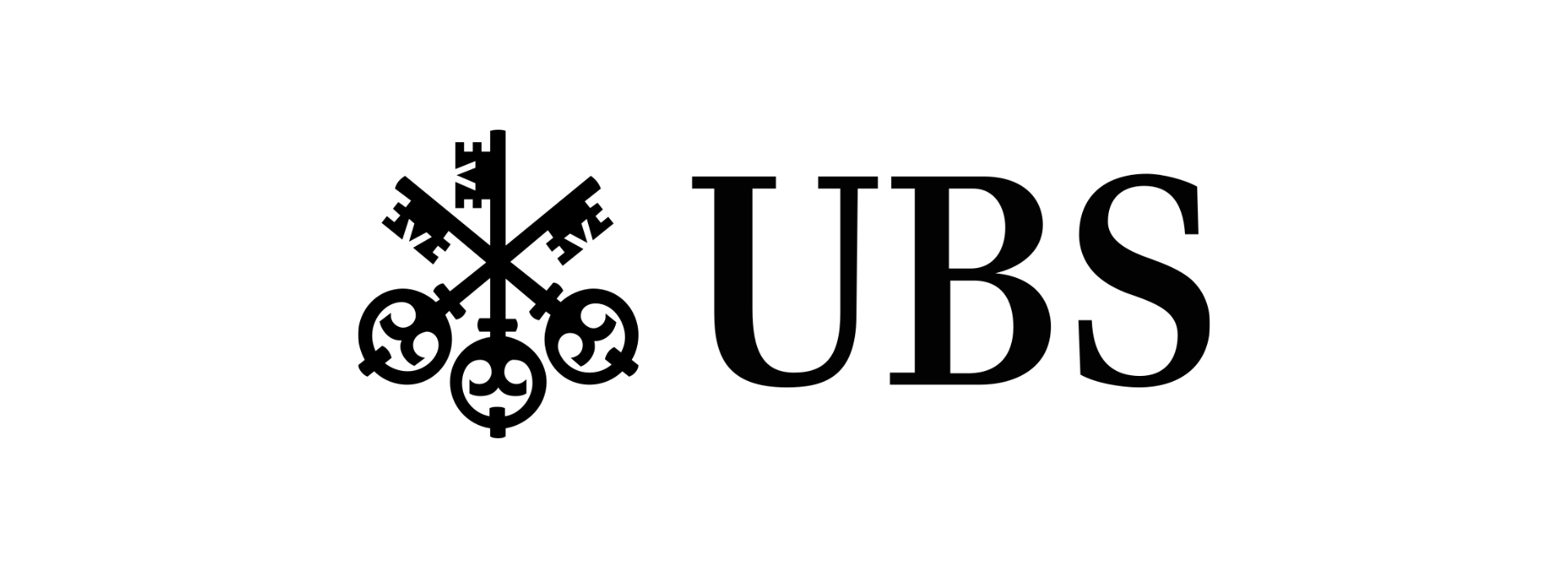Jasper Johns
An Allegory of Painting. 1955-1965
Jasper Johns, one of the most important representatives of American art since the middle of the last century, already created a furor with his first solo exhibition in New York in 1958. Born in 1930 and now living mainly in Connecticut, Johns has had a close relationship with the Kunstmuseum Basel for many years. This is the only museum in Europe to present the artist’s groundbreaking early work, beginning in the mid-1950s with such famous works as Target with Four Faces from the Museum of Modern Art, New York. Johns uses gestural brushstrokes to convert emblematic elements from popular culture such as the target and the American flag into readymades, in the sense of “things the mind already knows. That gives me room to work on other levels.
Johns charted new territory distancing himself from the nonfigurative absolutism of the then dominant movement of Abstract Expressionism with its immense, emotionally overwhelming paintings. He also devised new visual techniques. He worked not only with collage, using scraps of newspaper, but also with encaustic, a mixture of dry pigment and melted wax that lends the painted surface a certain transparency and also an epidermal compactness. In addition, he mounted real objects directly onto the canvas, in particular, the relics of the painting process such as a paint can or a measuring stick, to create a multivalent relationship between the fictional world of painting and the everyday world of consumer goods. In the artist's own words: “My use of objects comes out of originally thinking of the painting as an object and considering the materialistic aspect of painting: seeing the painting was paint on canvas, and then by extension seeing that it occupied a space and sat on the wall, and all that, and then, if those elements seemed to be necessary to what I was doing.
Jasper Johns’ oeuvre was not only of seminal importance to the rise of Pop Art, but also to many other artistic innovations. This exhibition is not a retrospective of the artist's early work; it is a presentation of painting, drawings and prints, thoughtfully selected to focus on four specific themes and their variations, highlighting their almost narrative interaction with one another over a period of ten years. A wide-ranging field of associations is generated by the signal-like target, which bears the potential to express the following motifs: the presence of mechanical devices, such as a pivoted slat used like a compass to draw perfectly round contours or to scrape the paint; the stenciled naming of the primary colors red, yellow and blue and their not necessarily corresponding application; and the imprint of his own body, his hands, for example, or his face. The concentric circles of the target paintings, a subject with both figurative and abstract implications, hypnotically eludes classification. Even so, it was not the endlessly reproducible reality of mass culture that captured Johns’ imagination, as it later did Pop Art, but rather the artistic act itself. Taking an allegorical approach, he explored the new conditions of painting, pursuing his studies in drawings and prints as well. This oeuvre unites conceptual acuity with painterly magic, and skeptical detachment with an intuitive ability to let things happen. The tension generated by such opposites characterizes Johns’ pioneering work of the first decade, which, despite its undeniable immediacy, ultimately remains unfathomable. Never before has the crucial importance of process that underlies the gradual development of several basic motifs in this oeuvre received such illuminating attention. The exhibition, previously on view at the National Gallery of Art in Washington, presents some seventy key works on loan from museums and private collections in the US and Europe.
Jasper Johns and the Kunstmuseum Basel
The Kupferstichkabinett of the Kunstmuseum Basel first acquired prints by Jasper Johns in 1967 and in 1970 the then director of the Museum, Franz Meyer, made the first major acquisition of a painting: Figure 2 (1962). Over the years the Kunstmuseum Basel has acquired a number of prints and paintings, such as Voice 2 and Céline. In 1980, to round out the ensemble, the artist gave the Museum two key works on permanent loan: Flag Above White with Collage (1955) and Out the Window Number 2 (1962). In 1994 Jasper Johns presented these paintings as a gift in memory of Christian Geelhaar, the successor to Franz Meyer as director from 1981 to 1991, who was in close contact with the artist for many years. Geelhaar had further enhanced the ensemble by acquiring two additional works, the early Construction With Toy Piano (1954) and The Bath (1988).
Supported by Stiftung Patronatskomitee Basler Kunstmuseen and organized by National Gallery of Art, Washington

